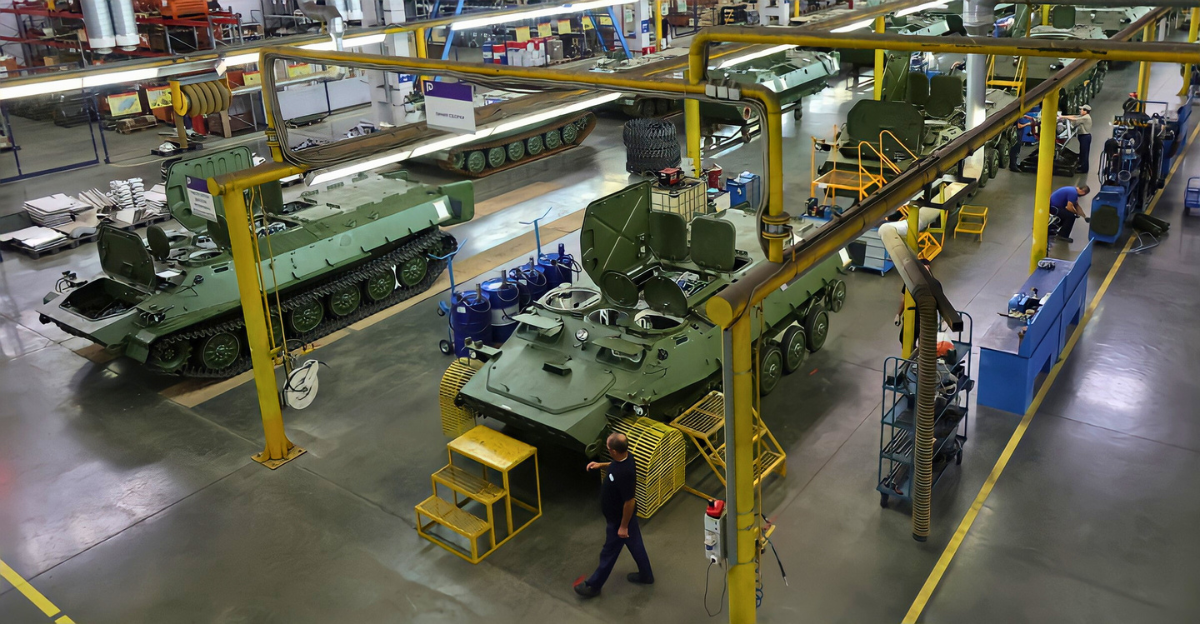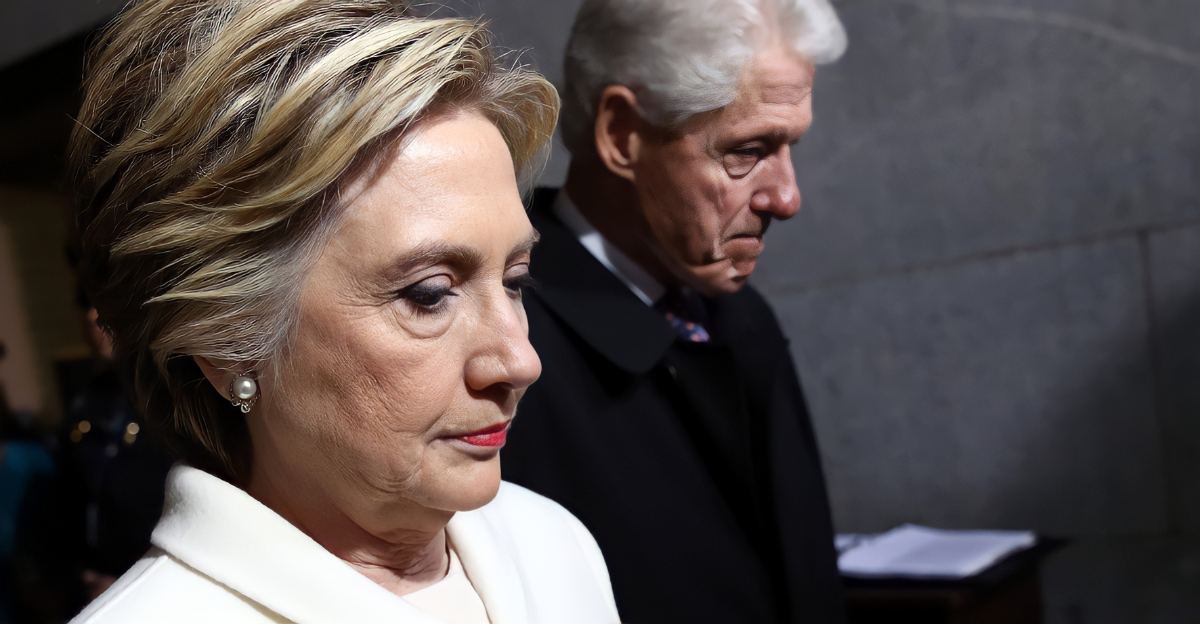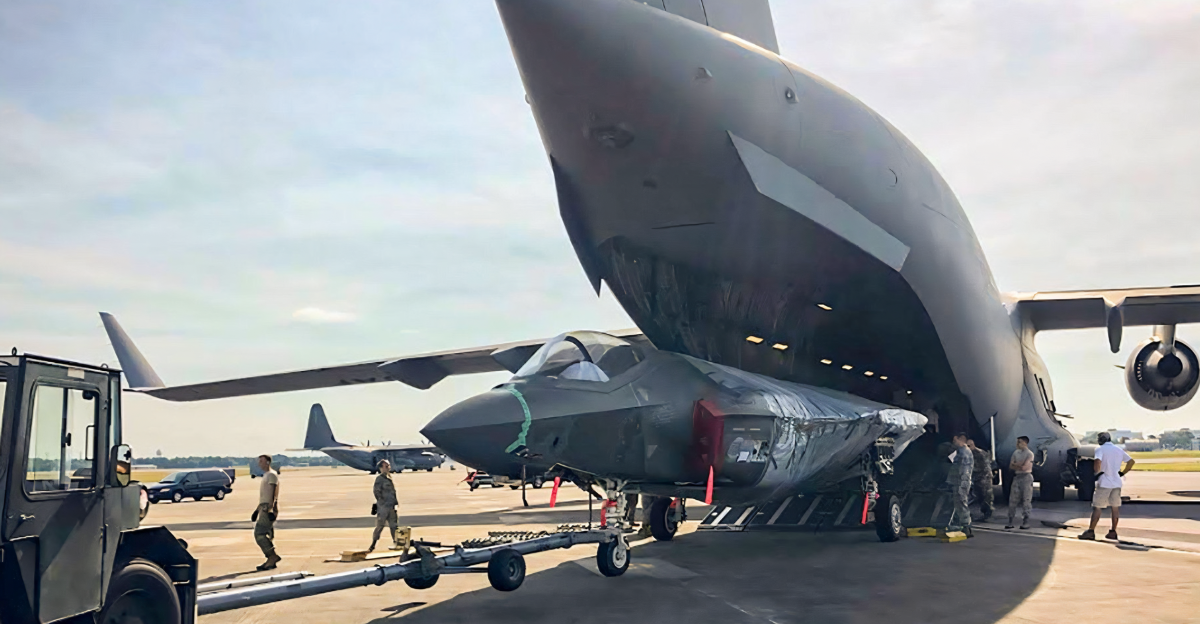
On August 1, 2025, after months of negotiations, India told the United States that it would not purchase any F-35 stealth fighter jets. This happened amid escalating trade tensions between the two nations.
Trump’s tariffs on Indian goods were set to 25% at the time of India’s decision. However, just five days later, tariffs increased dramatically.
Economic Escalation

An initial 25% rate was announced on July 30, but on August 6, Trump announced a further increase totaling 50%. A 50% tariff on India affects $87 billion worth of exports coming into the United States.
This decision wasn’t made lightly. The tariffs target India’s purchasing of Russian oil, helping the country sidestep sanctions. This new tariff rate is one of the highest among any major trading partner.
Defense Background

The F-35 Lightning II program has cost the military $1.7 trillion over a lengthy two-decade development period. During this program, India launched its Make in India initiative in 2014 to boost domestic manufacturing capabilities.
The country has previously purchased military equipment from Russia, France, and other suppliers. During Modi’s February 2025 White House visit, Trump offered F-35 jets to India.
Energy Relations
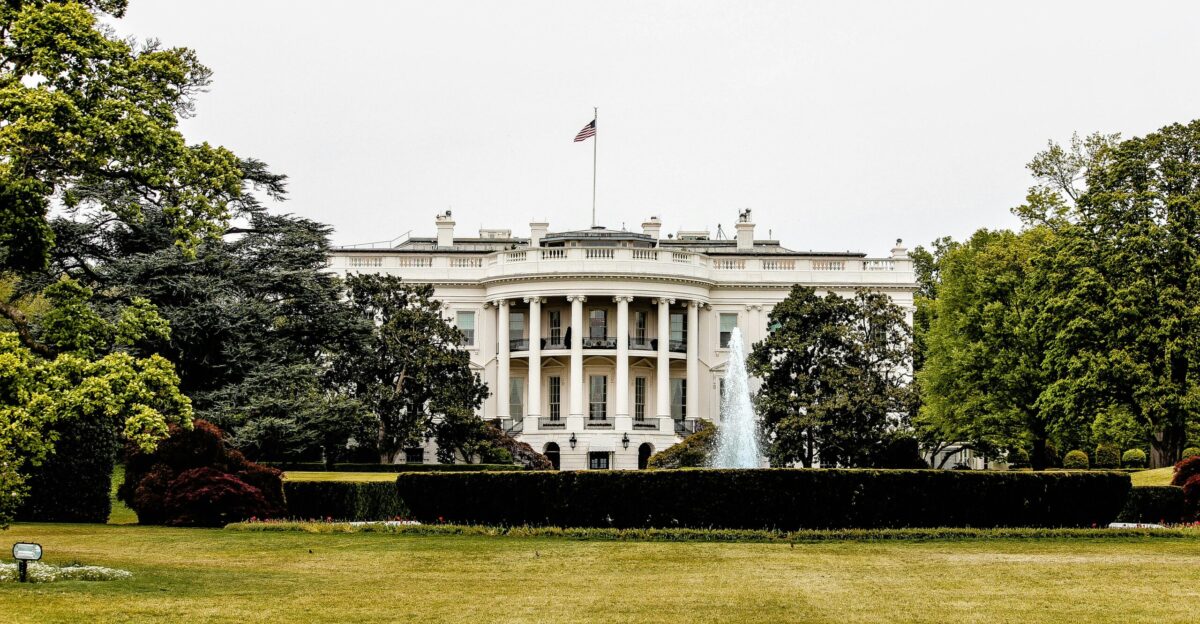
Around 36% of India’s crude oil is imported from Russia despite Western sanctions against the nation over the war in Ukraine.
The White House justified the tariff increase due to the importation of the crude oil. This energy relationship has become a central point of US-India diplomatic friction.
Official Rejection
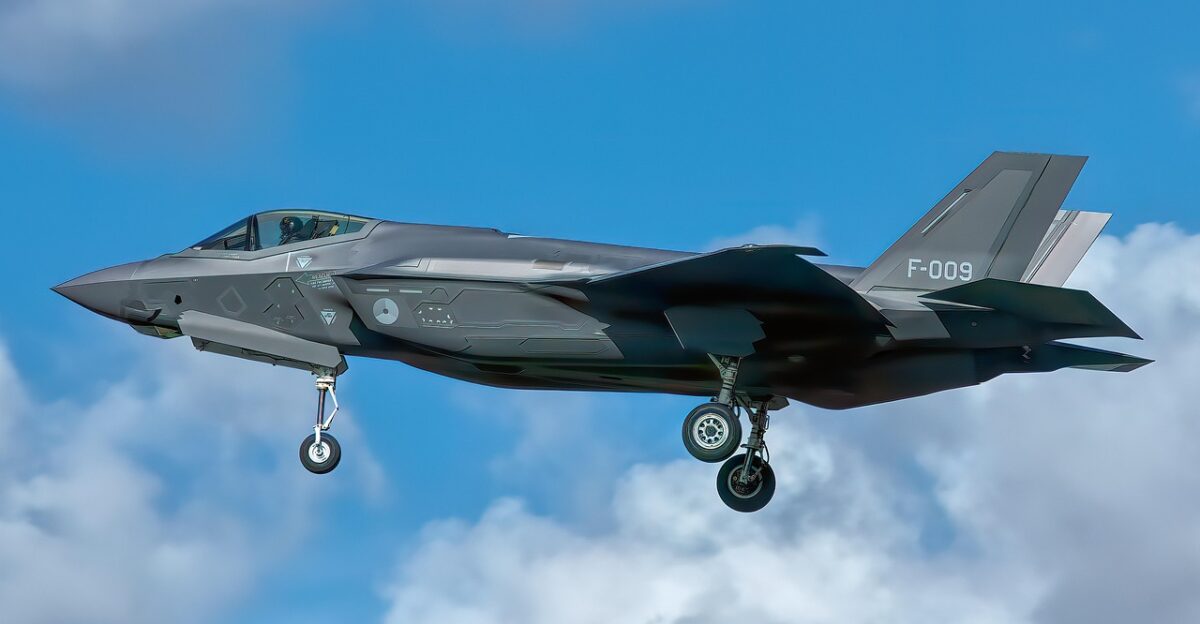
India told the United States on August 1, 2025, that it would not purchase F-35 fighter jets. The decision ended months of discussions between the two governments about potential aircraft sales.
Based on recent contracts, each F-35A variant costs approximately $82.5 million per unit. Indian officials cited technical compatibility issues as the primary reason for declining the offer.
Sectoral Impact
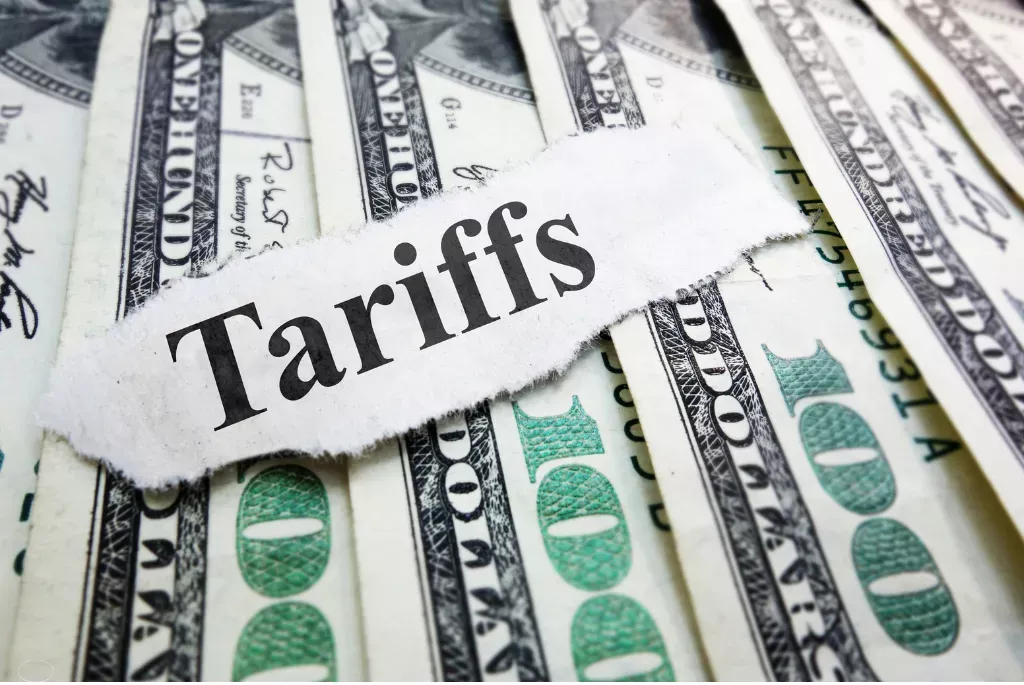
The new tariff structure hits India’s labor-intensive industries hardest, with textiles facing combined rates exceeding 60%. Jewelry, diamonds, and seafood exports encounter immediate pricing disadvantages in American markets.
Manufacturing centers in Tamil Nadu, Maharashtra, and Gujarat face concerns about order sustainability. The tariffs affect approximately 55% of India’s exports to the United States.
Industry Response

“We are shocked. This is a doomsday for the seafood industry,” said Pawan Kumar G, president of the Seafood Exporters Association of India. The seafood industry exports approximately $7 billion worth of products annually.
The industry employs over 20 million people across India’s coastal regions. Small and medium enterprises face particular challenges adapting to the changed trade environment.
Alternative Options
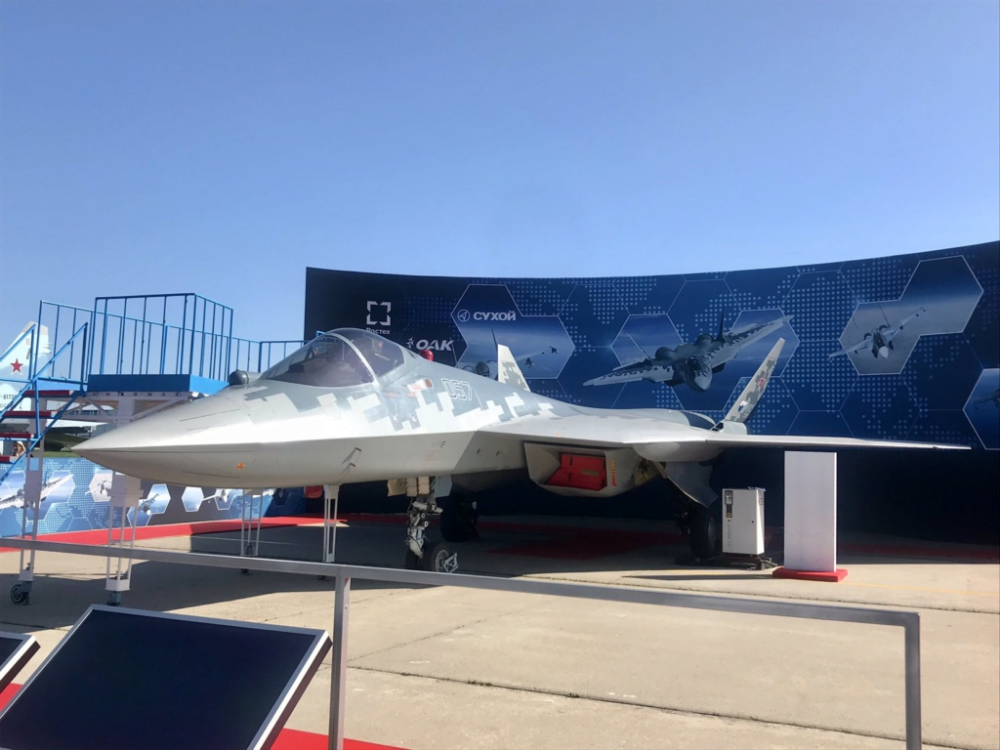
Russia has offered its Su-57E stealth fighter to India with promises of technology transfer. Chinese manufacturers have promoted their J-35 fighter as an alternative to American aircraft.
European companies, including Dassault (Rafale) and Saab (Gripen), maintain active proposals in India. France’s Rafale jets are already in service with the Indian Air Force.
Budget Priorities

India allocated $78.8 billion for defense spending in 2025, representing a 9.53% increase from the previous year. The budget allocates ₹48,614 crore specifically for aircraft and aero-engine development.
Government policy increasingly favors indigenous production capabilities over foreign procurement. The defense budget represents 1.9% of India’s GDP.
Capability Concerns

The F-35 rejection affects India’s fighter aircraft modernization timeline. The Indian Air Force operates aging fleets requiring replacement within the current decade.
India’s Multi-Role Fighter Aircraft program seeks to address 114 aircraft requirements through alternative sources. The program timeline for final deliveries extends into the late 2020s.
Technical Considerations
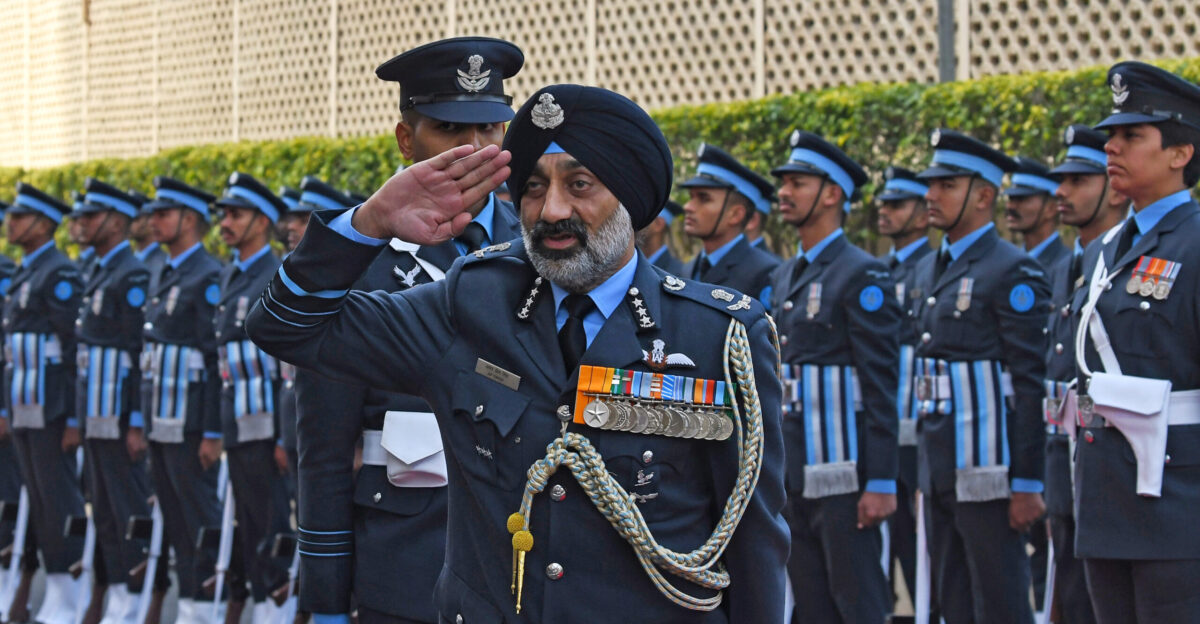
Air Chief Marshal A.P. Singh stated that fighter aircraft procurement is not “like buying a washing machine or refrigerator for home.” The Indian Air Force emphasized the complexity of integrating new aircraft systems with existing infrastructure.
As of August 2025, India has not received any formal F-35 offer from the United States. Technical compatibility remains a key evaluation criterion for all aircraft options.
Government Strategy

Defense Minister Rajnath Singh has emphasized expanding indigenous defense production capabilities. The government has fast-tracked approvals for domestic aerospace companies and joint ventures. Budget 2025 allocated ₹6.81 lakh crore total for defense spending.
The government approved an indigenous stealth fighter jet program in May 2025.
Procurement Plans

India’s Multi-Role Fighter Aircraft tender for 114 jets emphasizes technology transfer requirements. The program prioritizes local manufacturing and indigenous content development.
Russian, French, and Swedish manufacturers have submitted proposals meeting these criteria. The tender process continues without American F-35 participation.
Development Timeline

India approved development of a prototype Advanced Medium Combat Aircraft in May 2025. The indigenous stealth fighter program aims for first flight by 2032-2035.
Current fighter squadron strength falls below authorized levels of 42 squadrons. The Indian Air Force currently operates approximately 31 fighter squadrons.
Trade Impact

The tariff dispute affects $87 billion of Indian exports to the United States. Textiles, pharmaceuticals, jewelry, and seafood face the highest effective tariff rates.
India will continue purchasing Russian oil based on national energy security needs. The tariffs take full effect on August 27, 2025.
Diplomatic Strain

The tariff dispute represents the most severe US-India trade confrontation in decades. Both nations have previously expanded defense cooperation through various agreements since 2016.
The current tensions contrast with the February 2025 White House meeting between Trump and Modi. Trade relations have deteriorated significantly following the tariff announcements.
International Context

Since taking office, Trump has imposed tariffs on multiple countries, including China, Mexico, and Canada. India joins a growing list of nations facing punitive US trade measures.
The tariffs affect global supply chains built over decades of international trade integration. Other nations monitor the US-India dispute for its broader implications.
Market Response

Indian stock markets have declined following the tariff announcements. Export-oriented companies report immediate concerns about order sustainability and pricing competitiveness.
The rupee has weakened against the dollar since the tariff announcement. Manufacturing sectors face decisions about production relocation or market diversification.
Policy Response

The Indian government may seek alternative markets for affected export products. India continues to defend its right to purchase energy from any source for national security.
Official statements emphasize India’s commitment to strategic autonomy in foreign policy. The government maintains its position on Russian oil purchases despite US pressure.
Future Implications
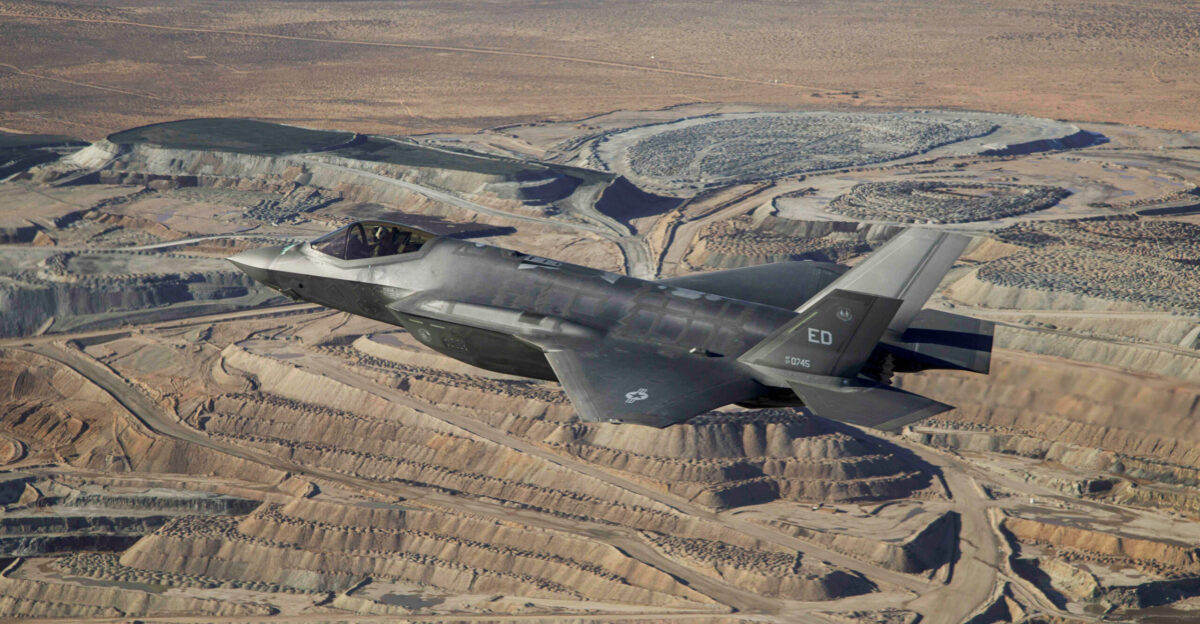
The F-35 rejection affects US efforts to build India as a strategic partner against China. India’s defense procurement will likely focus on European and Russian options going forward.
The decision demonstrates the intersection of trade policy and defense partnerships. The precedent may influence how other nations balance economic and security considerations.

